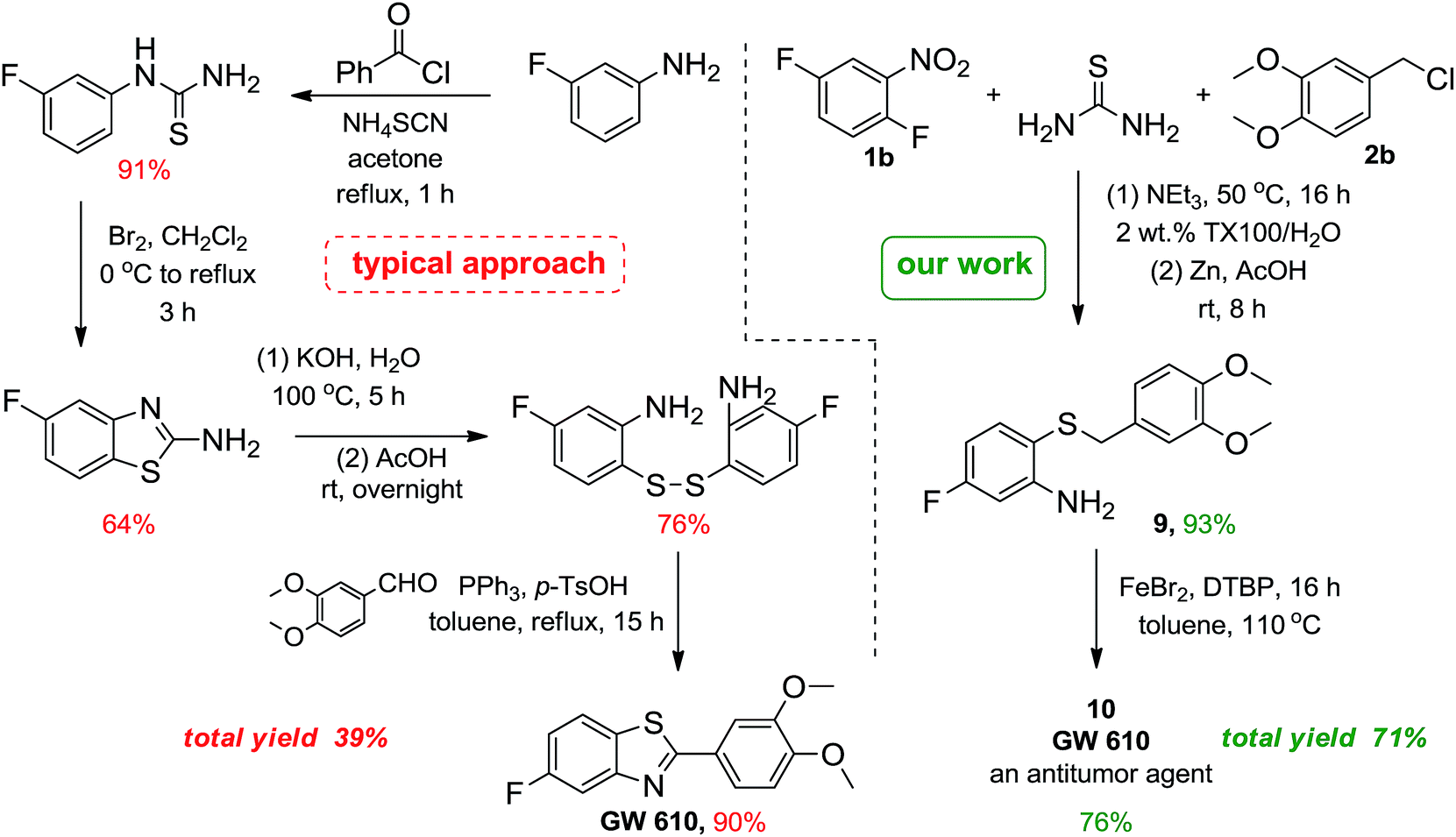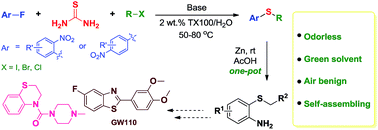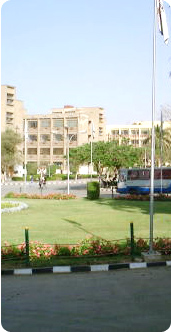The economic amide base lithium dicyclohexylamide (Cy2NLi) allows fast and convenient (40s, 0°C) in situ trapping flow metalations of a broad range of functionalized arenes, heteroarenes and acrylate derivatives in the presence of various metal salts (ZnCl2·2LiCl, MgCl2, LaCl3·2LiCl).
The resulting Zn-, Mg- or La-organometallic intermediates are trapped with various electrophiles in high yields.
These flow metalations are easily scaled-up without further optimization.
Lithium Dicyclohexylamide - Practical and Economic Lithiations of Functionalised Arenes and Heteroarenes in Flow
Practical and economic lithiations of functionalized arenes and heteroarenes using Cy2NLi in the presence of Mg, Zn or La halides in a continuous flow
*
Corresponding authors
a
Ludwig-Maximilians-Universität München, Department Chemie,
Butenandtstrasse 5-13 (Haus F), 81377 München, Germany
E-mail: paul.knochel@cup.uni-muenchen.de
E-mail: paul.knochel@cup.uni-muenchen.de
Chem. Sci., 2015,6, 6649-6653
DOI: 10.1039/C5SC02558C
http://pubs.rsc.org/en/content/articlelanding/2015/sc/c5sc02558c#!divAbstract
The economic amide base lithium dicyclohexylamide (Cy2NLi) allows fast and convenient (40 s, 0 °C) in situ trapping flow metalations of a broad range of functionalized arenes, heteroarenes and acrylate derivatives in the presence of various metal salts (ZnCl2·2LiCl, MgCl2, LaCl3·2LiCl). The resulting Zn-, Mg- or La-organometallic intermediates are trapped with various electrophiles in high yields. These flow metalations are easily scaled-up without further optimization.
///////////
 .
.











